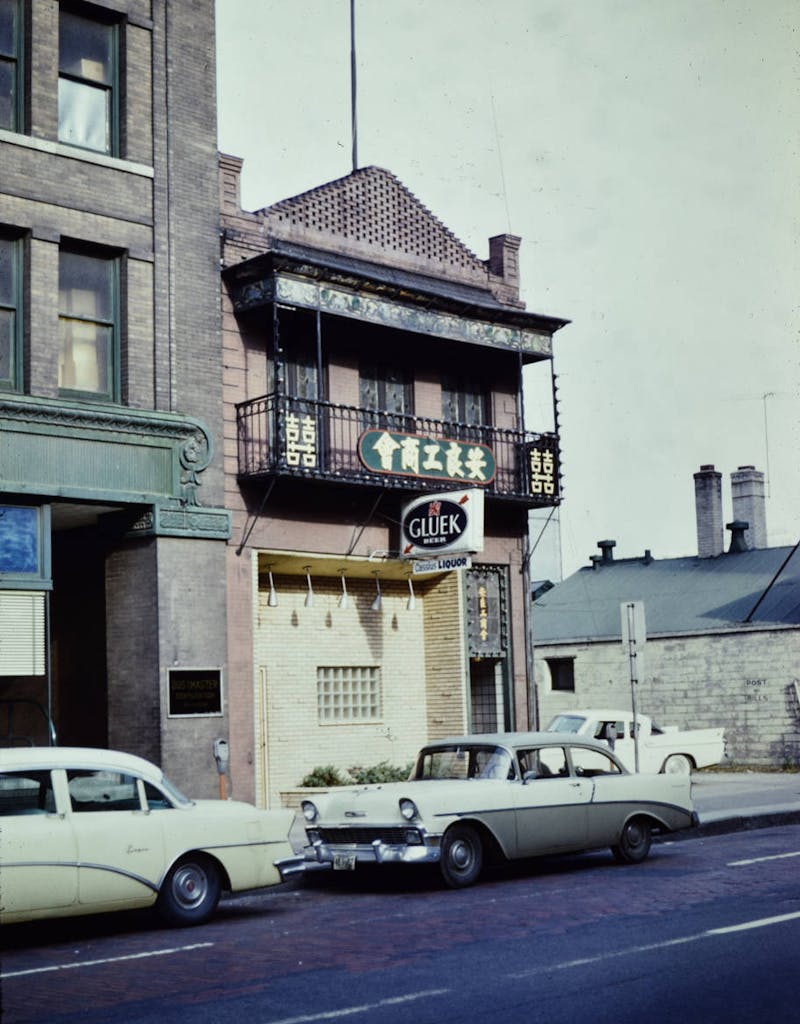The Winn Tee Pee Cottage Motel in Winona is long gone. So is the Cassius Restaurant in downtown Minneapolis, whose flamboyant owner was the first Black man to secure a liquor license in the segregated city. Bill “Bojangles” Robinson and the Harlem Globetrotters once bunked at St. Paul’s Wilson Villa, now a modest home that forlornly overlooks Interstate 94.
All were listed in the Minnesota chapters of the Green Book, a slim volume marking places of refuge and safety across the country for Black travelers in the pre-Civil Rights era.
First published in 1936 by Victor Green, a New York City mailman, the “Negro Motorist Green Book” directed African-American motorists to restaurants, hotels, beauty salons, gas stations, barber shops, boarding houses and private homes that welcomed them. Decades later in 2018, the Green Book was memorialized in a movie bearing the same name.
Some Minnesotans may be surprised that Green Book sites actually existed here and not just in the Deep South and more populous states and cities in the North. A dedicated cadre of mapping experts and other researchers in the Twin Cities who share a love of history have documented most of the sites across the state.
Their work comes as Virginia lawmakers begin to memorialize Green Book sites throughout the commonwealth. The effort is championed by Jeion Ward, a Democrat in the Virginia General Assembly, who hopes the idea will catch on in other states.
“The Green Book is like the traveler’s bible if you were Black,” Ward said. “You had to have it. It could have been your life if you ended up somewhere you weren’t supposed to be and not just in the South.”
About 80 locations in Minnesota were listed in the Green Book over 30 years, many in predominantly African-American neighborhoods. Some, including Rondo in St. Paul and parts of north Minneapolis, were razed to make way for Interstates 94 and 35W in the 1950s.
Twenty-one of Minnesota’s Green Book sites still are standing, but most of the others now are parking lots, housing complexes, apartment and office buildings.

